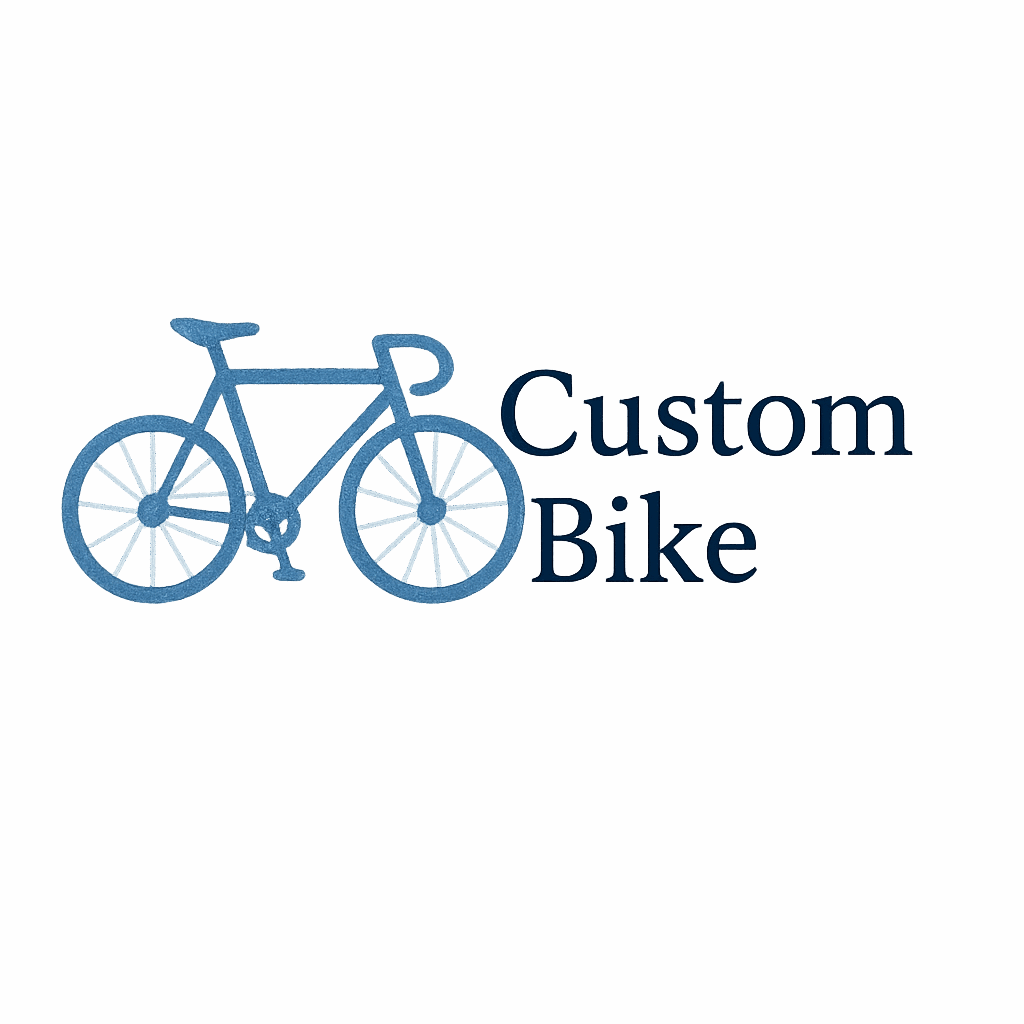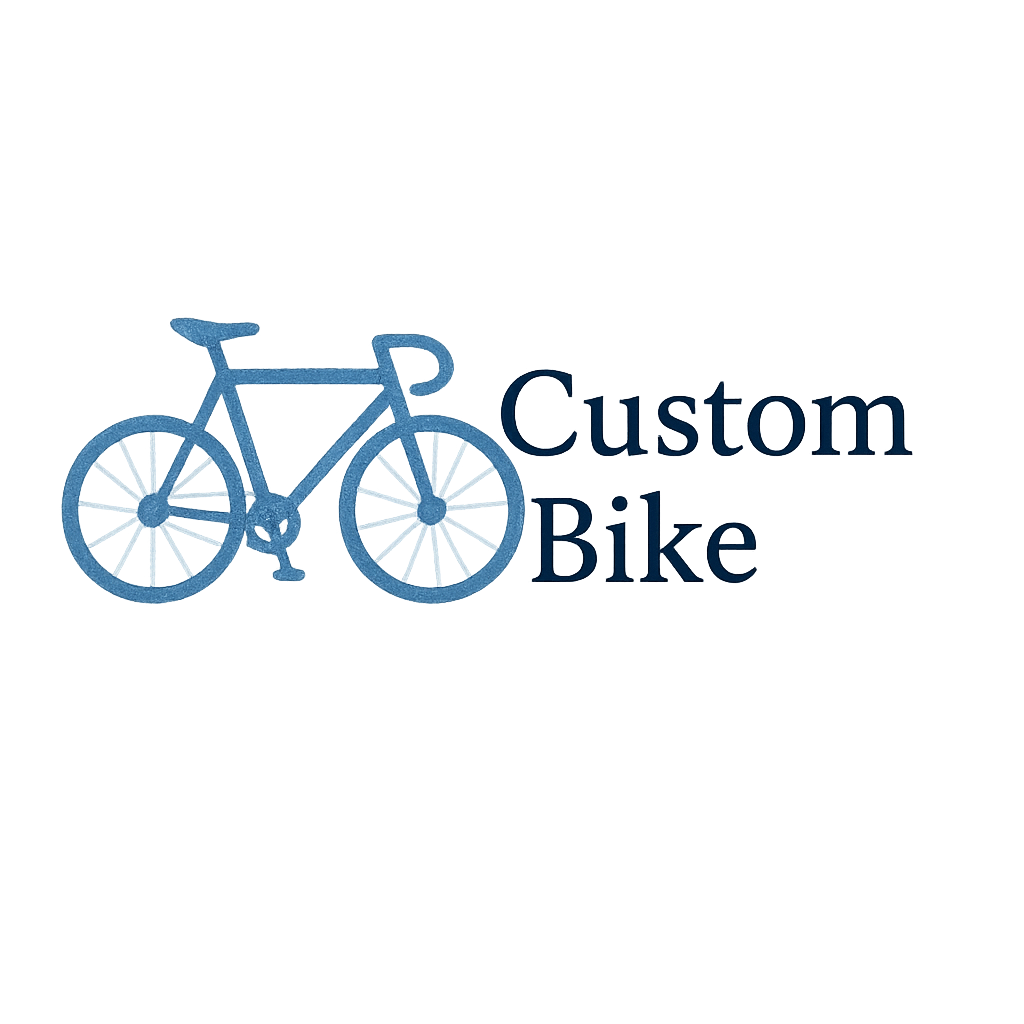Why Choosing the Right Urban Commuter Bike Matters
Urban commuting is booming, and bikes are becoming the smartest way to navigate crowded streets. But here’s the catch: not every bike is designed for the daily grind of city riding. Choosing the right urban commuter bike ensures comfort, speed, and safety while saving you from endless frustration.
Benefits of Commuting by Bike in the City
Why are so many people ditching cars and buses? Because urban bikes offer:
- Freedom from traffic jams
- Eco-friendly commuting
- Healthier lifestyle habits
- Lower transportation costs
Plus, nothing beats the satisfaction of breezing past cars stuck in gridlock.
Common Mistakes First-Time Buyers Make
Before diving into expert recommendations, let’s bust some mistakes newbies often make:
- Choosing style over function.
- Skipping important bike parts.
- Ignoring comfort and proper fit.
- Forgetting about long-term maintenance.
Don’t worry—you’re about to learn how to avoid them.
Factors to Consider Before Buying Your First Urban Commuter Bike
Comfort and Fit
A commuter bike should feel like an extension of your body. Always check saddle height, handlebar reach, and frame size. If it feels awkward, it’s not the right match.
Durability and Frame Materials
Steel offers comfort, aluminum is light, and carbon fiber is performance-driven. For city life, durability often trumps ultra-lightweight builds.
Gearing and Speed Options
Not every city needs a 21-speed bike. Flat cities thrive on single-speed simplicity, while hilly terrain may demand gears for smooth riding.
Essential Bike Parts for Daily Commutes
Don’t overlook the essentials: reliable brakes, puncture-resistant tires, and strong lights. Explore essential components that make or break your daily ride.
Expert Recommendation #1: Hybrid Bikes for Versatility
Hybrids combine the best of road and mountain bikes, making them a top pick for commuters.
Why Hybrids Are Great for Urban Riders
- Upright riding position = comfort.
- Wide tires handle rough streets.
- Great balance of speed and durability.
Example Setups and Popular Features
Think of hybrids as the Swiss Army knife of bikes. Add racks, fenders, and lights, and you’ve got a reliable all-rounder.
Expert Recommendation #2: Single-Speed and Fixie Bikes
Simple, stylish, and low-maintenance. Single-speed bikes are loved by urban riders who prefer straightforward commuting.
When a Simple Setup Is the Smartest Choice
- Flat terrain? Perfect.
- Low upkeep? Absolutely.
- Affordable? You bet.
A fixie may take practice, but many swear by the connection it creates with the road.

Expert Recommendation #3: Folding Bikes for Small Spaces
Not everyone has a garage or spacious apartment. That’s where folding bikes come in.
Portability and Storage Advantages
- Easy to store under desks.
- Perfect for multi-modal commuting (bike + train).
- Lightweight and compact designs save hassle.
Expert Recommendation #4: Electric Commuter Bikes
E-bikes are redefining urban mobility. A pedal-assisted motor gives you an effortless ride.
Performance Boost and Eco-Friendly Travel
- Cut sweat on long commutes.
- Conquer hills with ease.
- Keep trips green without relying on cars.
If performance intrigues you, check out urban e-bike trends.
Expert Recommendation #5: Step-Through Frames
Step-through commuter bikes are perfect for riders who value ease and comfort.
Comfort and Accessibility Benefits
- No awkward swinging leg over the frame.
- Ideal for business attire or dresses.
- Popular with riders of all ages.
Expert Recommendation #6: Gravel Bikes Adapted for the City
Gravel bikes aren’t just for dirt paths—they thrive in cities too.
Why Gravel Bikes Work in Urban Environments
- Wider tires for pothole-filled roads.
- Drop bars for speed and comfort.
- Rugged durability for long-lasting use.
Expert Recommendation #7: Custom Urban Bikes
Want something one-of-a-kind? A custom commuter bike might be your answer.
Tailored Features for Unique Riders
You choose the frame, parts, and paint scheme. The result? A ride that’s truly yours.
The Role of Custom Bike Building
Whether you want art bike inspiration, custom paint, or tuned bike performance, custom builds give unmatched satisfaction.
Essential Accessories for First-Time Commuters
Safety Gear Every Rider Needs
- Helmet (non-negotiable).
- High-visibility clothing.
- Reflective lights for night riding.
Must-Have Maintenance Tools
A compact toolkit keeps you rolling. Learn the basics of bike cleaning and grab essential items like a multi-tool and tire levers.
Maintenance Tips for a Smooth Ride
Cleaning and Tuning Basics
Keep chains lubricated and brakes adjusted. Regular bike maintenance prevents costly repairs.
When to Upgrade Bike Components
Upgrading bike parts like brakes, saddles, or tires can drastically improve your ride.
Bike Styles and Trends for Urban Commuters
Art Bikes and Custom Paint Options
Turn your commute into a rolling masterpiece with bike design trends.
Performance Trends for Daily Rides
From lightweight frames to smart tech add-ons, urban performance upgrades are hotter than ever.
Conclusion
Your first urban commuter bike is more than just transportation—it’s freedom, lifestyle, and personality rolled into two wheels. Whether you go hybrid, single-speed, folding, electric, gravel, or custom, the right choice will keep you cruising confidently. Remember: prioritize comfort, durability, and your unique needs.
And hey, don’t forget the joy of customizing your bike—it might just inspire your next bike project.
FAQs
1. What’s the best bike for a beginner urban commuter?
Hybrids are usually the safest starting point since they balance comfort and versatility.
2. Do I need gears for city commuting?
Not always—single-speed bikes are perfect for flat terrain, while hilly cities may demand gears.
3. Are folding bikes durable enough for daily use?
Yes, high-quality folding bikes are built tough and perfect for small apartments.
4. How much should I spend on my first commuter bike?
Expect to invest between $400–$1,000 for a reliable first bike.
5. What accessories should I buy first?
Start with a helmet, lights, and a lock. Then add racks or fenders as needed.
6. How often should I maintain my commuter bike?
Basic bike cleaning and tuning should happen weekly if you ride daily.
7. Can I customize a commuter bike later?
Absolutely. You can always upgrade bike parts, add custom paint, or even rebuild with custom-bike care.


